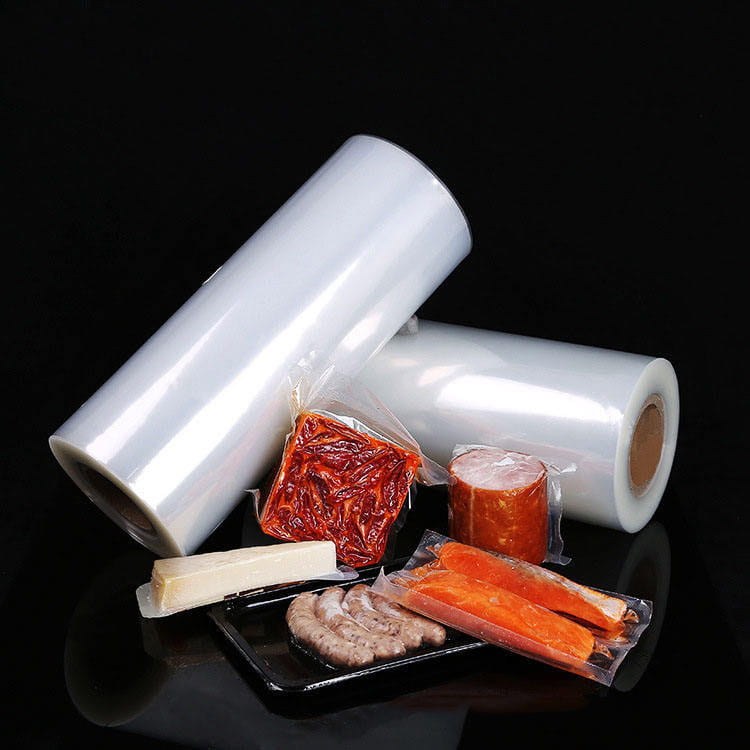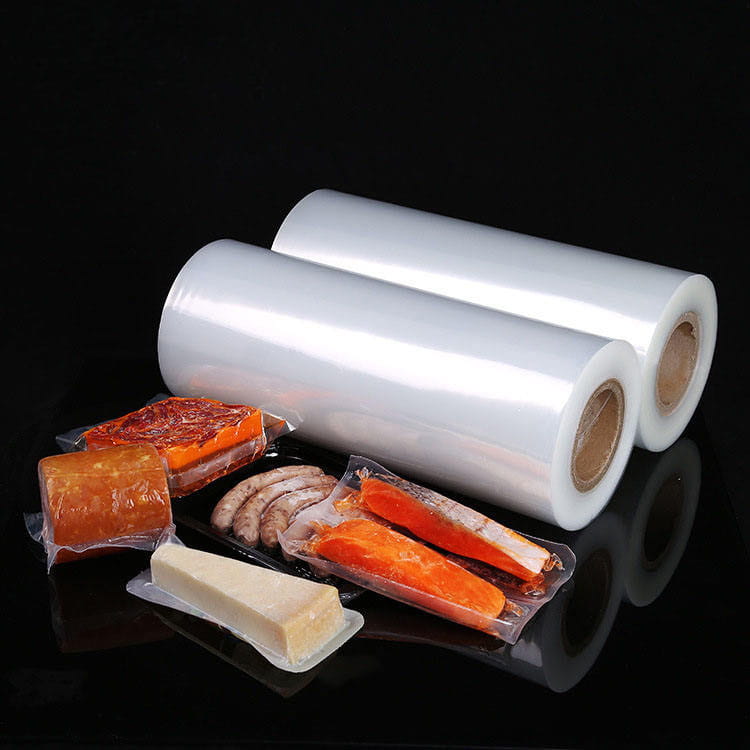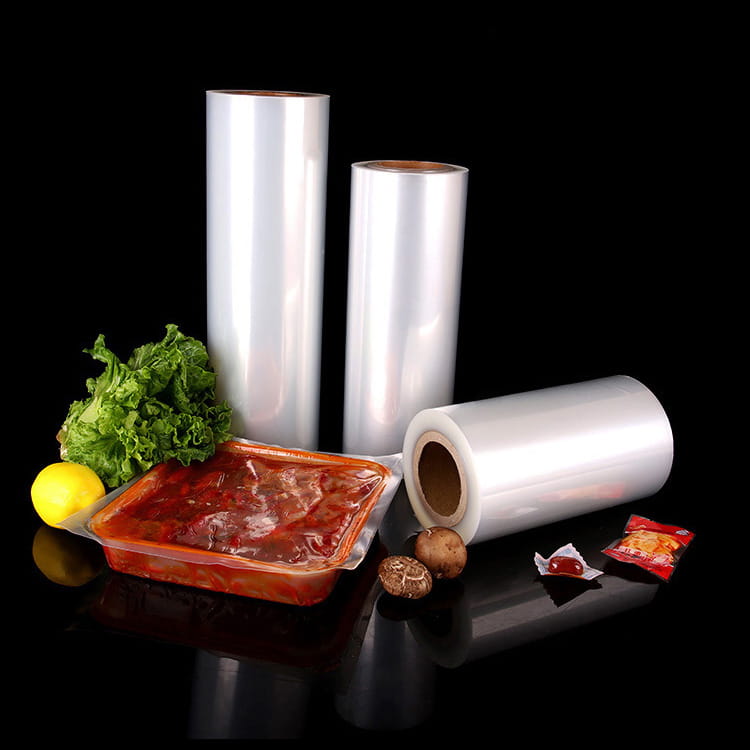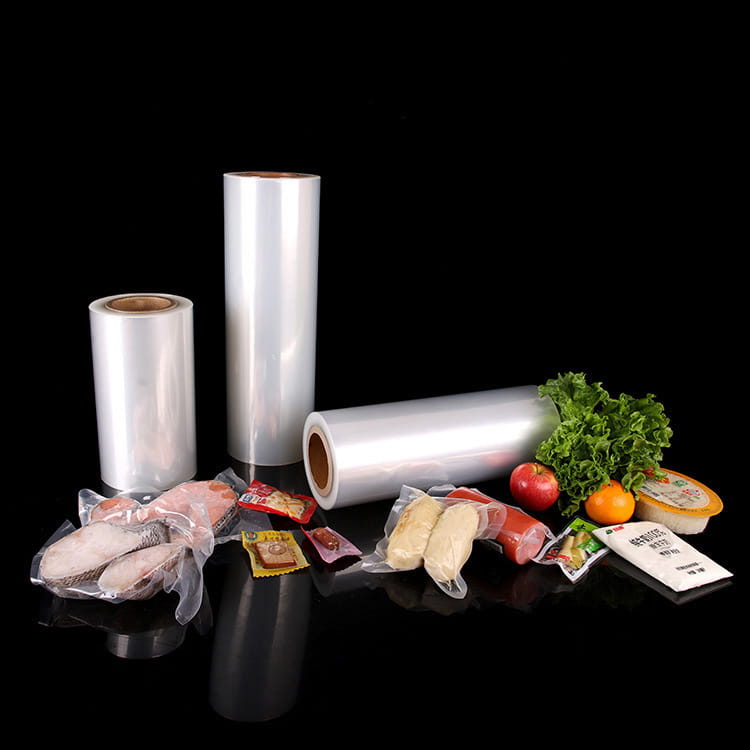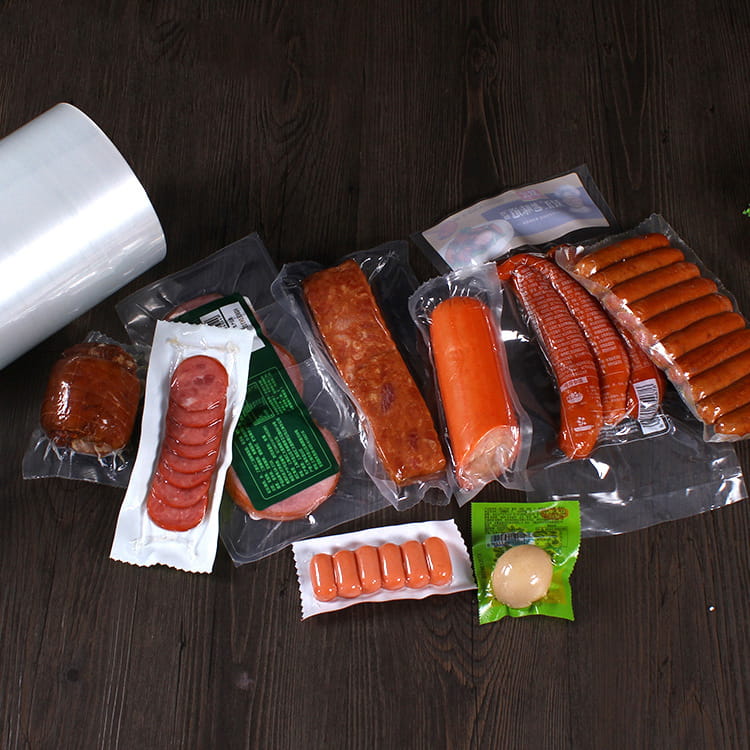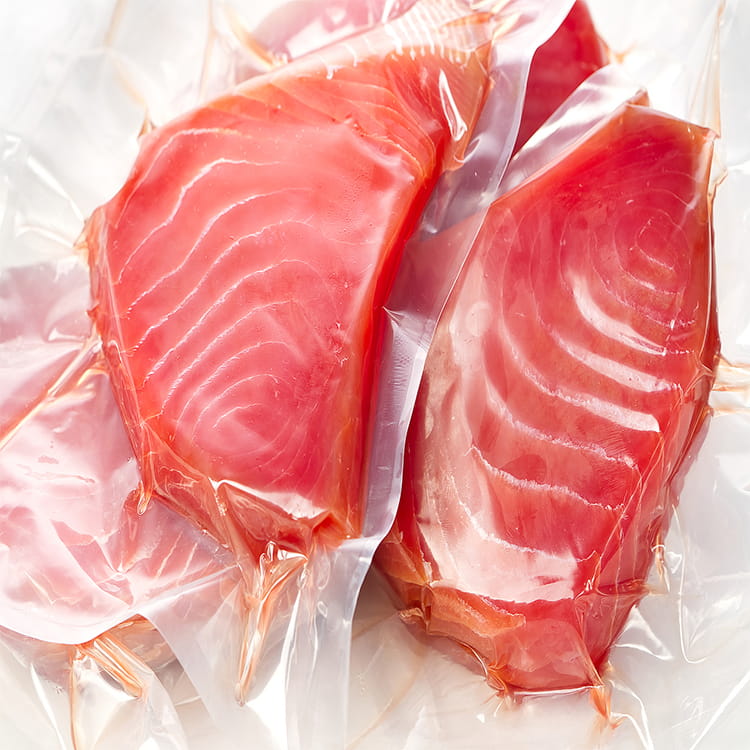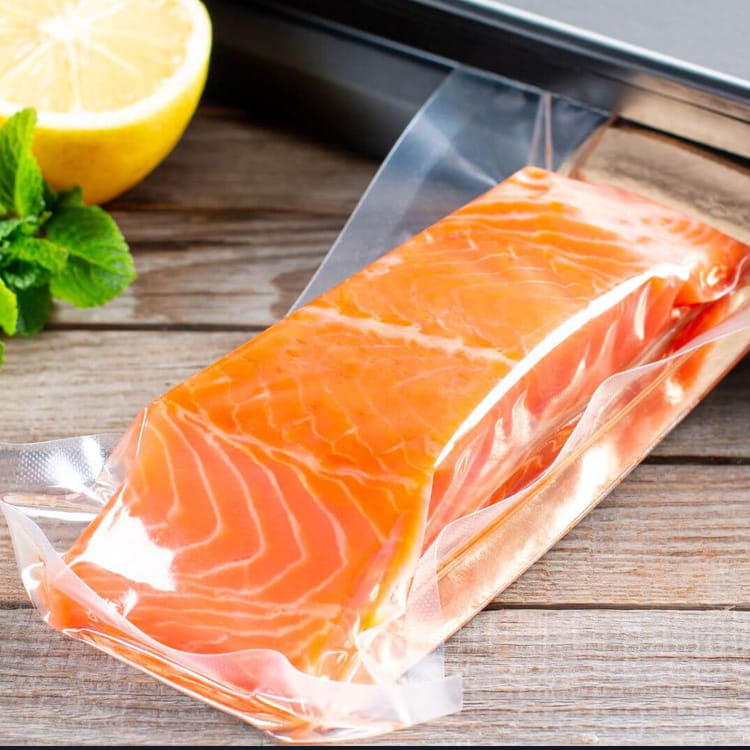Co-design of composite structure and material properties
As a packaging material designed for low-temperature environments, co-extruded low-temperature film uses PE as the basic skeleton and constructs the basic form of the film with its excellent flexibility and low-temperature resistance. PA is the key barrier layer, which gives the film excellent mechanical strength and gas barrier properties, effectively isolating the intrusion of oxygen and odor to the packaging contents. TIE is like a molecular-level adhesive, which tightly combines material layers with different properties to ensure the stability of the overall structure in extreme environments. The addition of EVOH further enhances the barrier ability of the film, especially in terms of moisture resistance and chemical resistance. This structure is by no means a simple superposition of materials, but a deep fusion at the molecular level through advanced co-extrusion technology. This process enables the film to have both the toughness of PE, the strength of PA, the barrier properties of EVOH and the bonding stability of TIE. Various properties cooperate and promote each other, laying a solid foundation for the outstanding performance of subsequent films in practical applications.
Performance advantages and application adaptability in extreme environments
In terms of low-temperature performance, co-extruded low-temperature film shows remarkable adaptability. Even in a low-temperature environment, its molecular structure can remain stable and will not become brittle and crack due to low temperature. It always maintains good flexibility and tear resistance, which means that during the loading, unloading and stacking of cold chain transportation, the packaging is not easy to be damaged, effectively reducing the risk of product leakage. It has high temperature resistance and can adapt to high-temperature processing links such as pasteurization to meet the special process requirements in the processing of low-temperature meat products. This wide temperature tolerance allows it to play a reliable role in the entire chain from production and processing to terminal storage. In terms of functionality, the film's heat sealing performance and thermoforming performance are equally excellent, and it can be adapted to a variety of automated packaging equipment, whether it is a vacuum packaging machine or a continuous forming machine, to achieve efficient sealing and precise shaping, providing flexible packaging solutions for manufacturers of different sizes. The synergistic effect of its comprehensive properties such as gas barrier, moisture resistance, and UV resistance can not only extend the shelf life of food, but also maintain the original flavor and quality of the product, providing strong support for quality control in cold chain logistics.
Multi-field application scenarios and core value embodiment
The application scenarios of co-extruded low-temperature film are extensive and precise, especially in the field of food packaging. For pasteurized low-temperature meat products, it can effectively block external microorganisms and oxygen, prevent oil oxidation and flavor loss, and extend the shelf life of the product; in the packaging of fish and aquatic products, its excellent moisture resistance and low temperature resistance can maintain the freshness and taste of seafood, and avoid ice crystals from damaging the meat during the freezing process. In the international market, it adapts to the packaging needs of special products such as beef, mutton, and dates in Saudi Arabia, Dubai and other regions. It can not only resist the influence of high temperature and high humidity environment, but also meet the strict local food safety standards. In addition to the food field, its stable chemical inertness and barrier properties also make it play a role in the low-temperature storage of sensitive products such as pharmaceutical intermediates and cosmetic raw materials, providing safety protection for products that require strict temperature control. This multi-scenario adaptability stems from its precise control of the characteristics of different materials and its in-depth understanding of the pain points of packaging in various industries, thus forming irreplaceable value in the cold chain industry chain.


 English
English عربى
عربى



